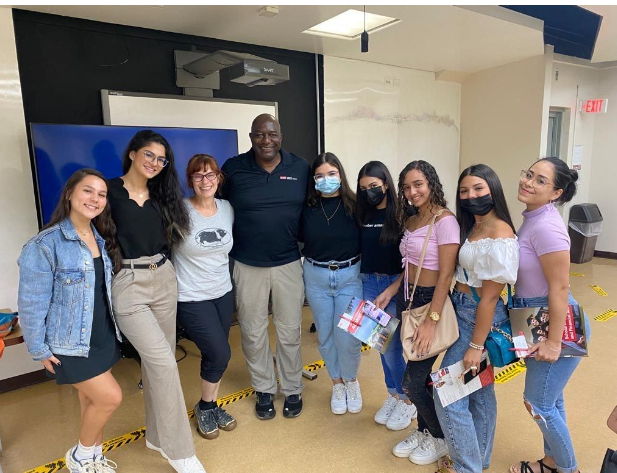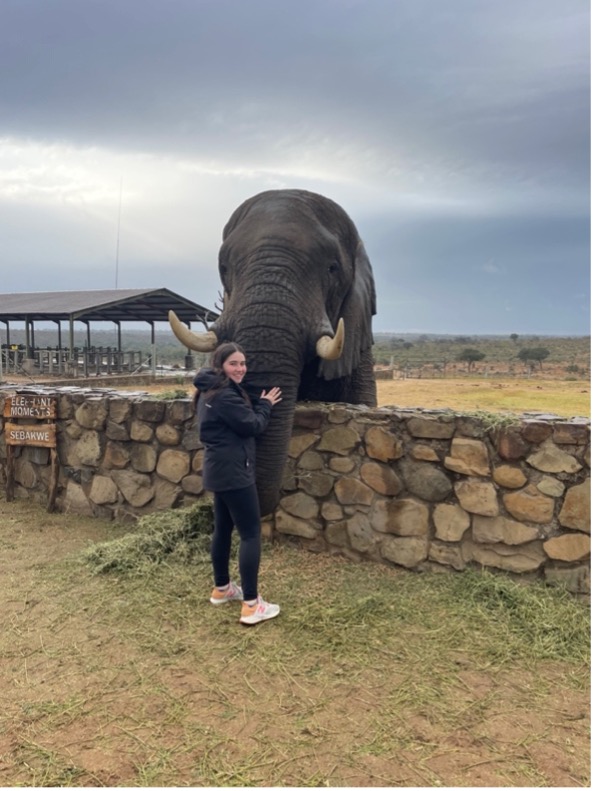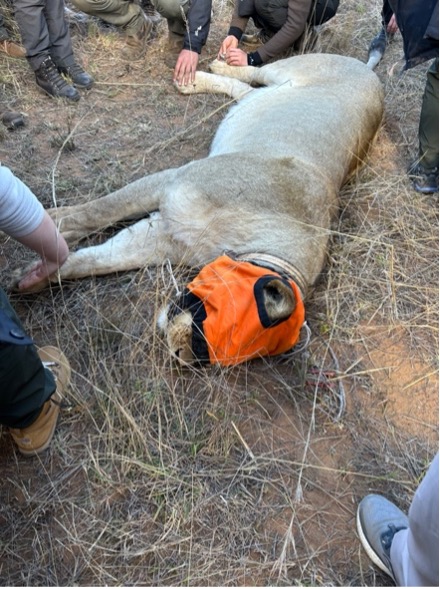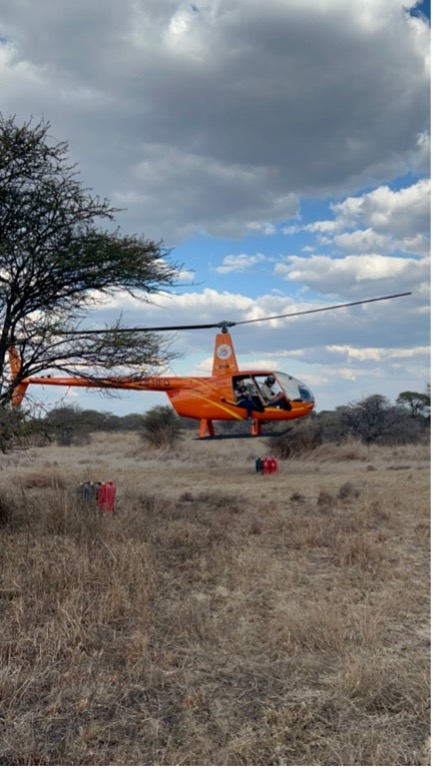Student Experiences: La Isla del Encanto
 Monday, March 27, 2023 at 12:00PM
Monday, March 27, 2023 at 12:00PM
Growing up in “La Isla del Encanto,” Puerto Rico, presented unique challenges that shaped who I am today. From devastating natural disasters to lack of opportunities and mentorship, my path to becoming a veterinarian was not linear. These setbacks did not deter me from pursuing my professional goals but they did make my journey more challenging, and I did not wish for others to go through the same thing. These hardships only served to reinforce what some of my life goals are; to support others in their journey while also being an advocate for underrepresented minorities. Not wanting others to face the same obstacles I did, I have made it my mission to leave behind the necessary tools for them to succeed. This is why I founded the first pre-veterinary club in my undergraduate university to aid my peers in achieving their goals. Together, we participated in many activities, the most important one being our collaboration with the Humane Society’s Spayathon. This was an initiative that was created to help aid families and animals that had been affected by Hurricane María in 2017. We donated food to shelters and helped provide free veterinary care to over 5,000 animals. By helping families in need, we eased the financial burden that makes veterinary care inaccessible in many parts of Puerto Rico. We were also able to have a significant impact in lowering the high number of stray animals that populate our streets by helping provide free spays and neuter surgeries.
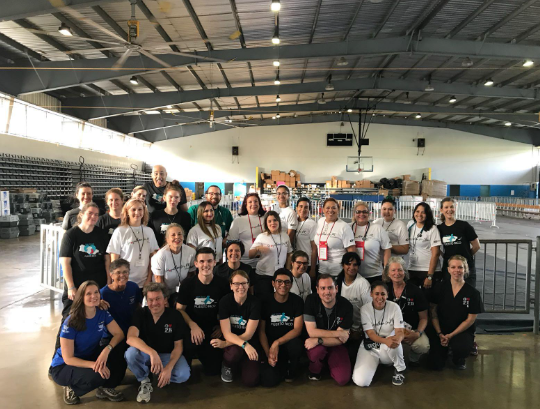
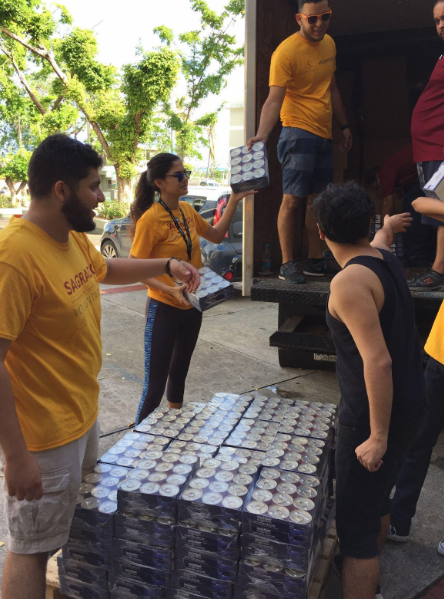
After being accepted to veterinary school, I was determined to continue serving as an advocate for others, especially underrepresented individuals with the goal of bolstering the importance of diversity and inclusivity within this industry. This aspiration led me to help found the first Latinx club at my veterinary institution. I was able to create a safe space for Latinxs to be represented, heard, supported, and helped them to form connections with people that can contribute to their ambitions. We have also helped others become allies for any minority community by speaking about topics such as defining what microaggressions are and what we can do as allies to prevent these from occurring in the workplace. This opportunity also allowed me to experience something I once thought was out of reach: visiting undergraduate schools to speak about my journey to becoming a veterinarian. This past October, I had the extraordinary opportunity to visit Puerto Rico to represent NC State College of Veterinary Medicine at the yearly Society for the Advancement of Chicanos/Hispanics and Native Americans in Science’s (SACNAS) conference and I was also able to visit my alma mater to speak to pre-veterinary students. It is difficult for words to accurately describe what these opportunities meant for me. Being able to connect with other Latinx peers that share the same aspirations that I do and to serve as a beacon of hope by offering support, making any of my resources available to them, and simply sharing my story has been the highlight of my veterinary career thus far.
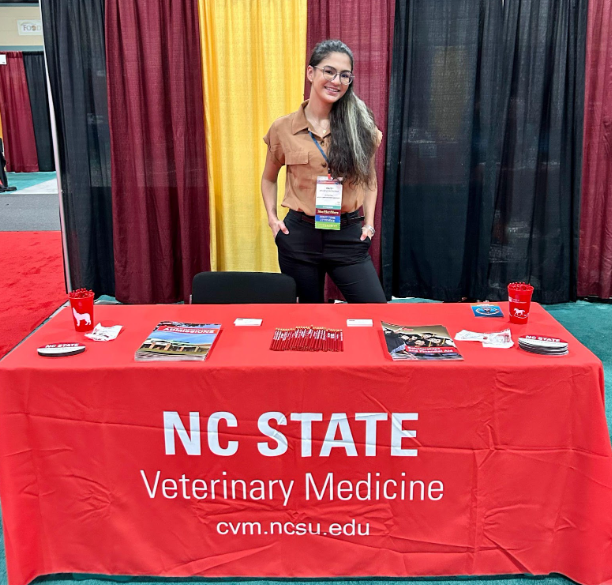
These experiences have further fortified my goals of serving as a mentor, ally, and advocate. They have made me hopeful for the future of veterinary medicine and that as an industry, we are moving towards being more diverse and inclusive. I often reflect on the hardships I encountered leading up to my journey to become a veterinarian. The road was not easy but my experiences have made me realize that we have to pave the way for others so that together we can bring innovations, empathy, and hope for the veterinary profession.
